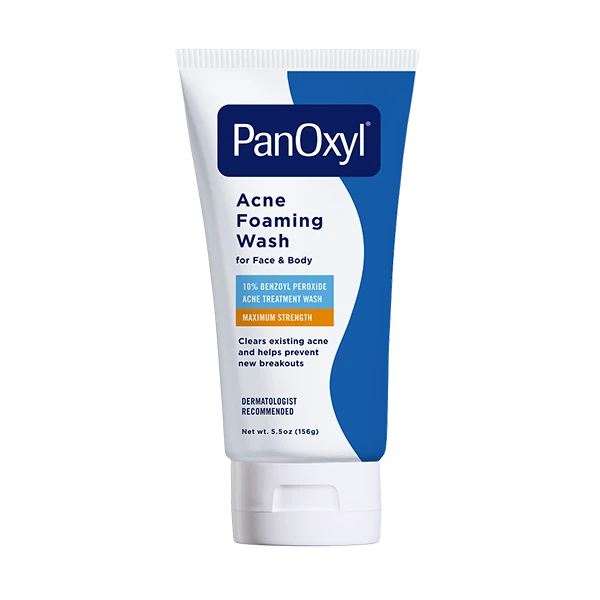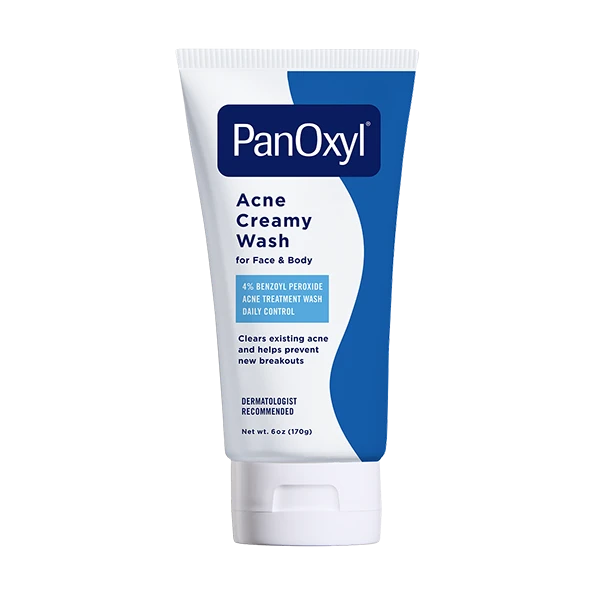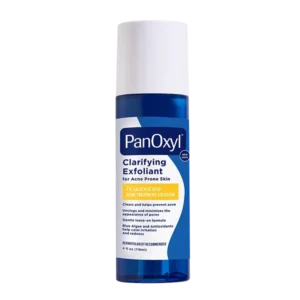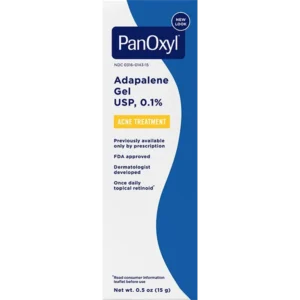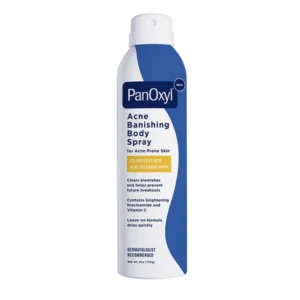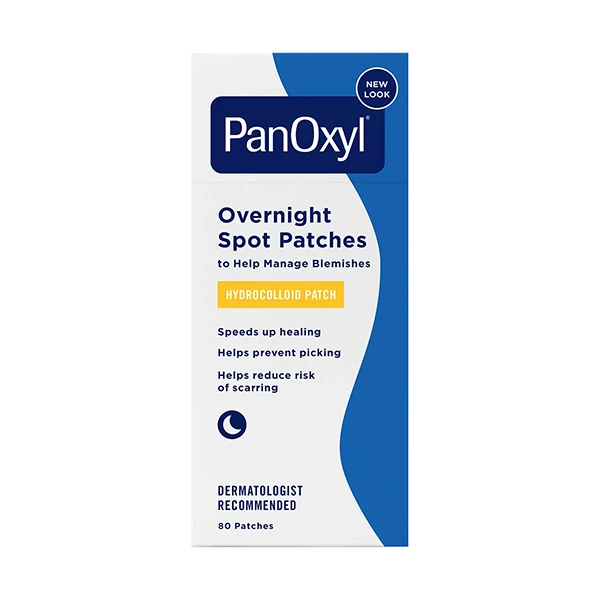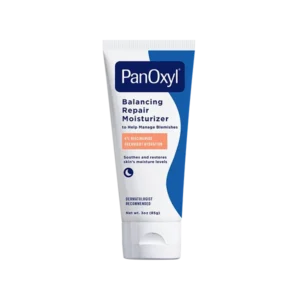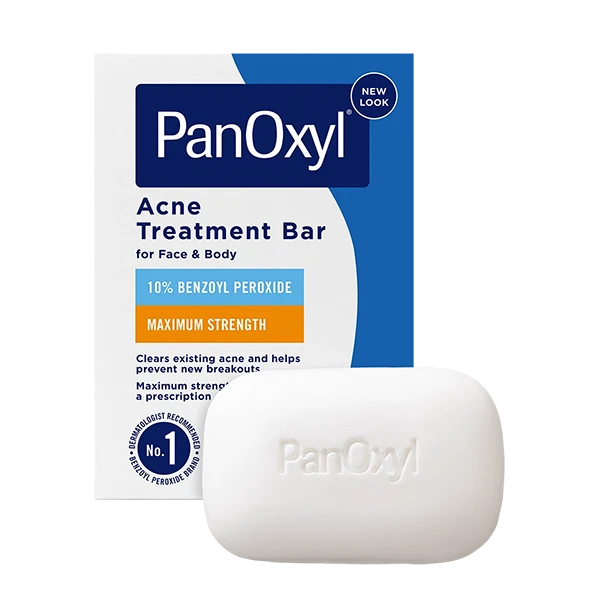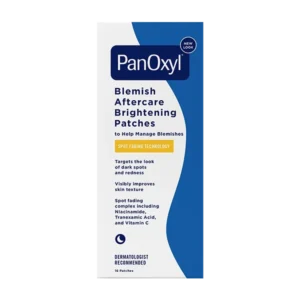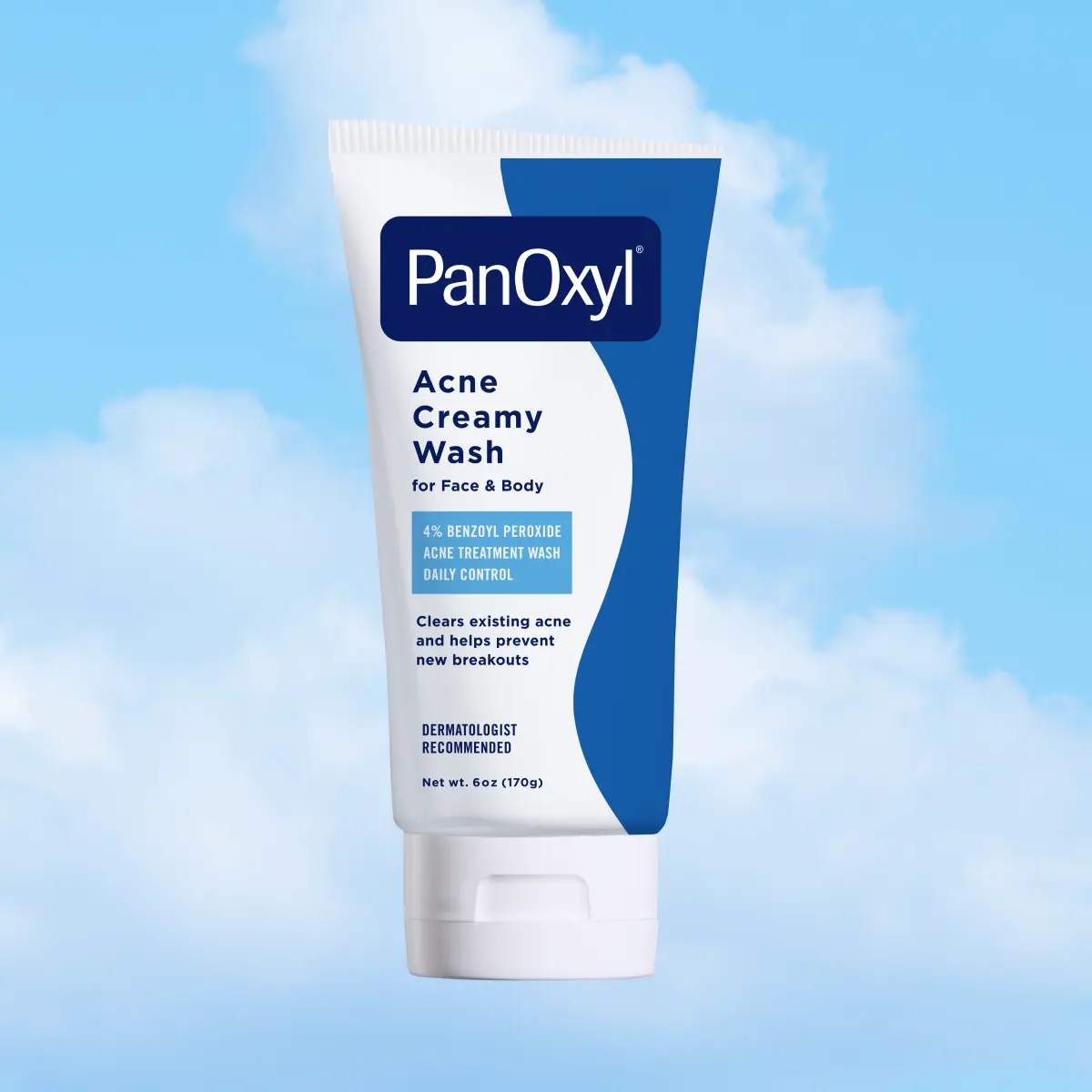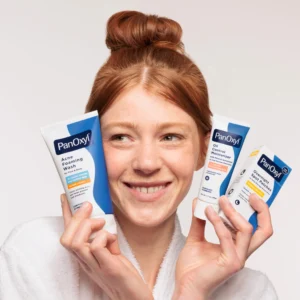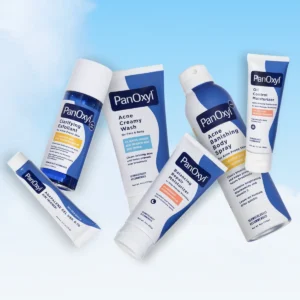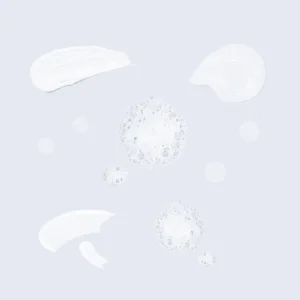Sometimes the signs of acne remain long after the zit is gone. Acne scars can change the texture of your skin and, unfortunately, there’s no overnight treatment to make them magically disappear. So, what can you do to get rid of them and stop them from happening in the first place?
Acne scar vs. hyperpigmentation
First, let’s determine if you have an acne scar or hyperpigmentation. Both appear after the acne has cleared but each must be treated differently.
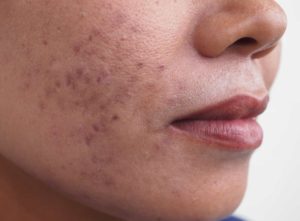
Hyperpigmentation appears as dark marks that are flat and can look like stains. When acne spots inflame the skin, your body overproduces pigment as part of the skin’s healing process. The resulting dark marks will eventually heal and disappear, a process that can be sped up with treatment.
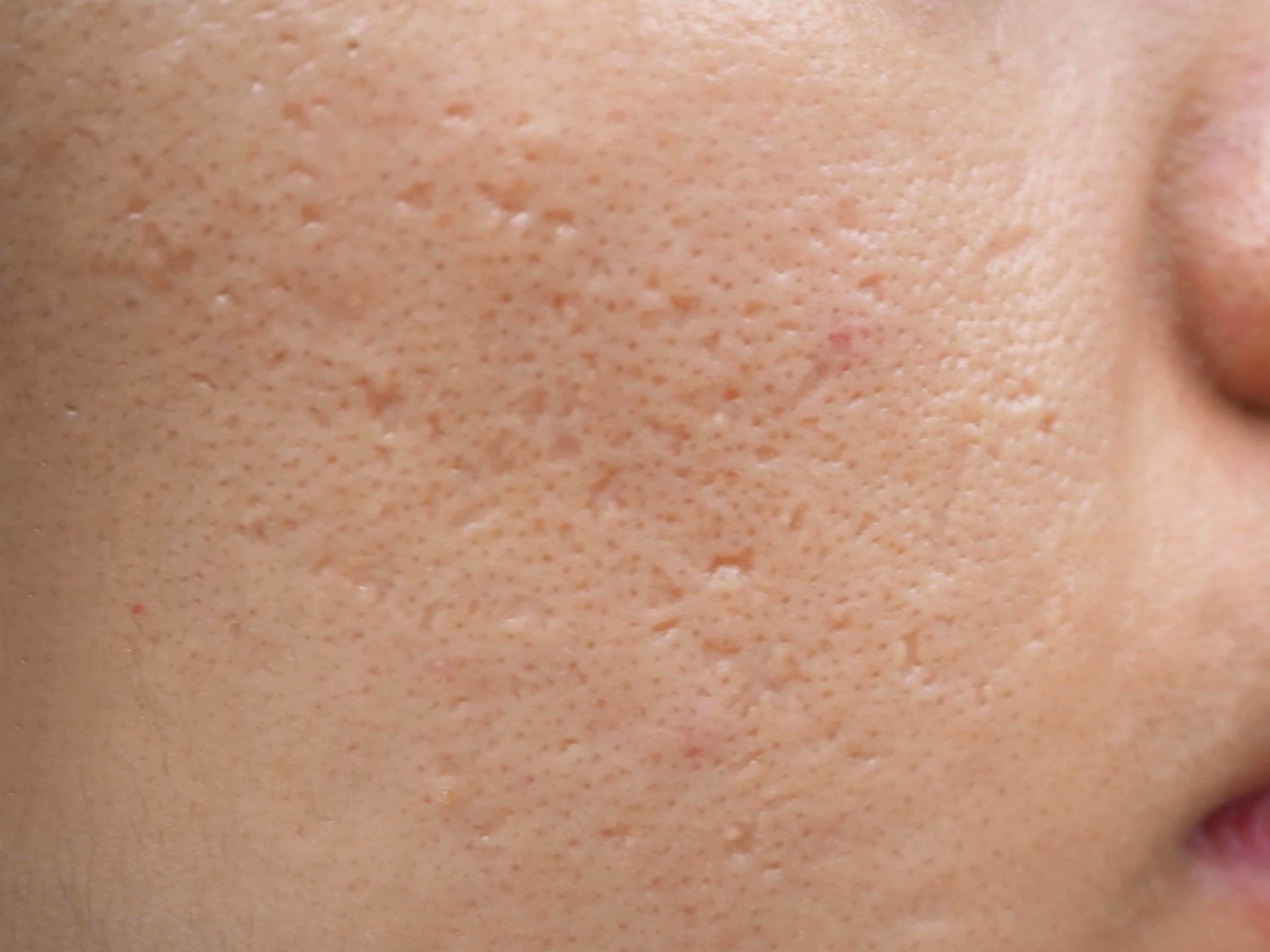
Acne scars are nearly the opposite. These form when acne breakouts deeply penetrate and damage the skin causing it to reshape or take on a different texture.
After inflamed acne has cleared, the body tries to heal itself by producing collagen. The type, function and amount of collagen can cause the skin to reshape or take on a different texture creating a scar.
Your risk of developing acne scars when your acne clears increases if you:
- Have inflammatory acne. This type of acne goes deep into your skin and often includes cysts and nodules
- Delay treatment.
- Let the acne go untreated.
- Pick, squeeze or pop your zits.
- Have a family member who developed acne scars
Types of acne scars
There are two types of acne scars. The type of scar depends on how much collagen your body makes and determines what type of treatment(s) you should consider.
Depressed Acne Scars happen when the body produces too little collagen. These look like pits or craters in the skin. Your dermatologist may call these atrophic scars.
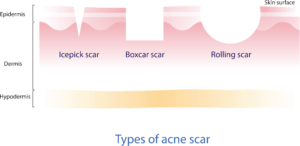
This type of acne scar can be broken down into three subtypes.
- Boxcar scars often look like a large pore and have sharply defined edges.
- Icepick scars are deep, narrow pitted scars.
- Rolling scars are shallow and give the skin a wavy appearance. They aren’t always the same size as the acne lesion that caused them.
Raised Acne Scars form when the body produces too much collagen and can look like small ridges on the skin. These acne scars are more common on the back and chest. Your dermatologist might refer to these as “hypertrophic” scars.
Treating Acne Scars
The first step to treating acne scars is a visit to the experts. Your dermatologist will create a treatment plan based on your skin’s needs and your goals.
A heads up—some treatments can be expensive and medical insurance does not cover the cost. Before starting treatment, ask yourself, “How much can I afford to spend?” and, “How do I want to look after treatment?”
Treating Dark Spots (Hyperpigmentation)
Treating dark spots is a little easier than treating most acne scars as hyperpigmentation can heal on its own and fade over time. A spot that is a few shades darker than your skin will usually fade naturally within six to twelve months, depending on your amount of sun exposure and your hormones. If the color lies deep in your skin fading can take years.
There are a few things you can do to speed up this process.
Eliminate what is causing the discoloration. This is the first step toward getting rid of dark spots. In this case, the cause is acne. If you have mild to moderate acne, over-the-counter treatments such as PanOxyl can help clear, treat and prevent breakouts. For severe acne, your dermatologist may recommend a prescription treatment.
Over-the-counter skin-lightening products can help speed up the fading process. The American Academy of Dermatology recommends products that contain one of the following ingredients:
- Hydroquinone
- Azelaic acid
- Glycolic acid
- Kojic acid
- Retinoid (includes retinol, tretinoin, adapalene gel or tazarotene)
- Vitamin C
Wear sunscreen. It’s essential! Sunscreen can help prevent further darkening when used daily. The American Academy of Dermatology recommends using a sunscreen with an SPF of 30 or higher that is broad-spectrum (protects from both UVA and UVB rays) and contains Zinc Oxide or Titanium Dioxide.
Blue Lizard is one sunscreen that checks off all of these boxes. Their mineral Sensitive Face sunscreen also contains Hyaluronic Acid which can help hydrate skin.
Prevention is Key
You may have heard it before, but the best treatment is prevention. Untreated acne creates the potential for scarring that can ultimately be difficult and expensive to treat.
If you have mild to moderate acne, daily use of PanOxyl’s benzoyl peroxide washes can help break the acne cycle and clear your skin. Learn more about our products here.
